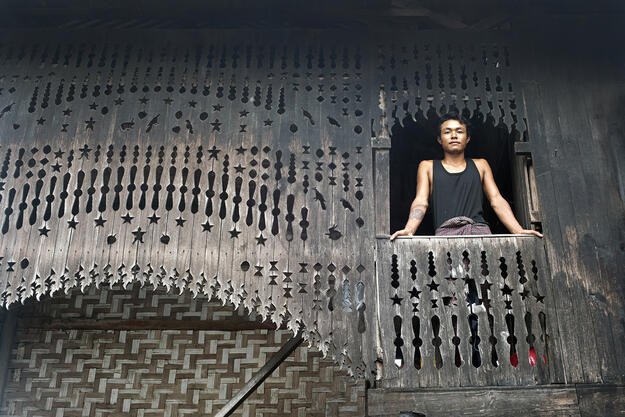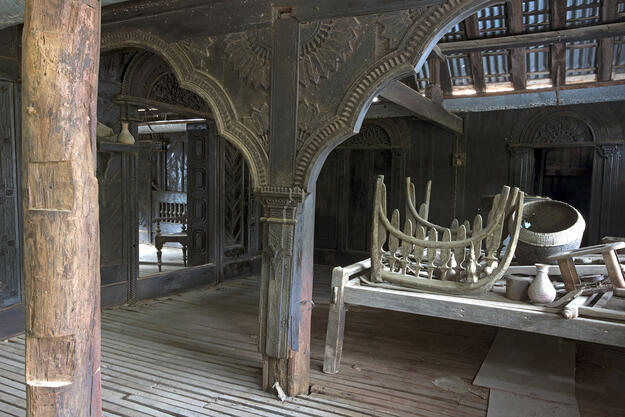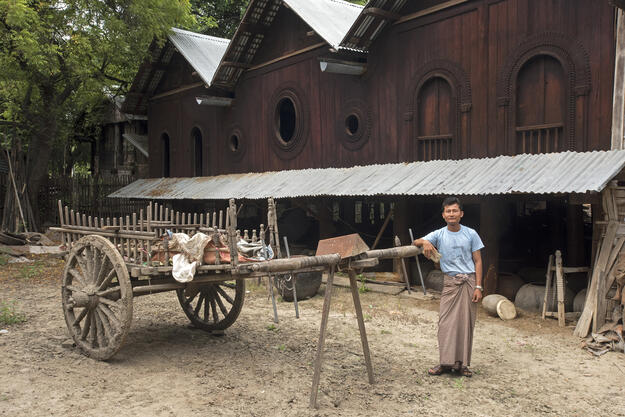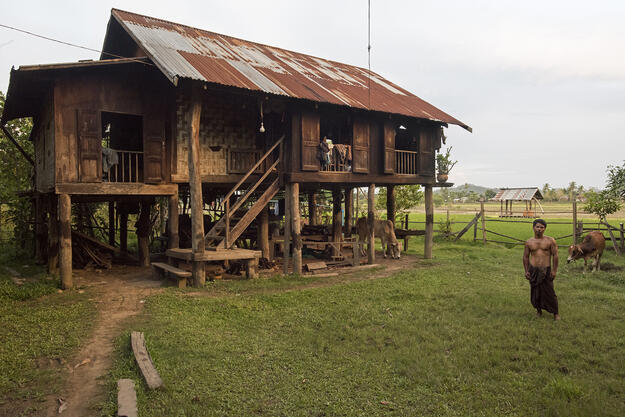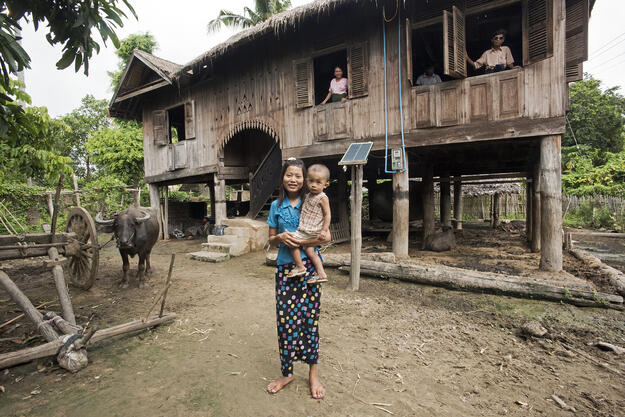Traditional Burmese Teak Farmhouses
Elevated above ground on a structure of sturdy teak wood, with bamboo walls and a thatched roof, the farmhouse building type is the embodiment of a centuries-long building culture in Myanmar. Such farmhouses once abounded in Burmese villages throughout the central plains of Myanmar and around the Irrawaddy river delta. Under successive kingdoms, dwellings in Myanmar were subject to sumptuary laws ensuring that building height, materials, and construction techniques were consistent with a person’s status in society. The end of monarchy and the colonial period saw the end of sumptuary restrictions on building, allowing for grander houses to be built using teak, a material that had once been restricted to monastic architecture alone. Drawing on a tradition of wood joinery and carving, farmhouses were built on sturdy posts, supporting a broad platform and a sparsely furnished main level. A covered staircase gave access from below, while the space beneath the house provided shelter for livestock and a place to store agricultural tools. Roofs were built of thatch, which always represented the risk of fire, and were increasingly replaced with corrugated zinc after the nineteenth century.
Today, even as agriculture continues to underpin Myanmar’s economy, many farmhouse owners are opting to replace their homes with modern buildings that allow for a higher level of comfort. Old farmhouses are sold as their historic building materials, especially teak wood, continue to command a high price in the market—so much so that teak has formed the basis for illegal trade throughout Southeast Asia. But while these changes are plainly visible, little research has taken place on the mechanisms that are driving them, and little documentation of the disappearing farmhouses exists in libraries and archives. Through a new academic partnership, students will research and document select examples of farmhouses. The documentation process has the potential to elevate the status of the buildings in the eyes of their owners, and drive a reappraisal of the cultural values inherent in this vernacular building tradition. Inclusion on the 2020 World Monuments Watch is intended to support these efforts.
World Monuments Fund's work at Traditional Burmese Teak Farmhouses has been made possible, in part, by support from Tianaderrah Foundation / Nellie and Robert Gipson and The Endangered Wooden Architecture Programme (EWAP), Oxford Brookes University, funded by Arcadia, a charitable foundation that works to protect nature, preserve cultural heritage, and promote open access to knowledge.

